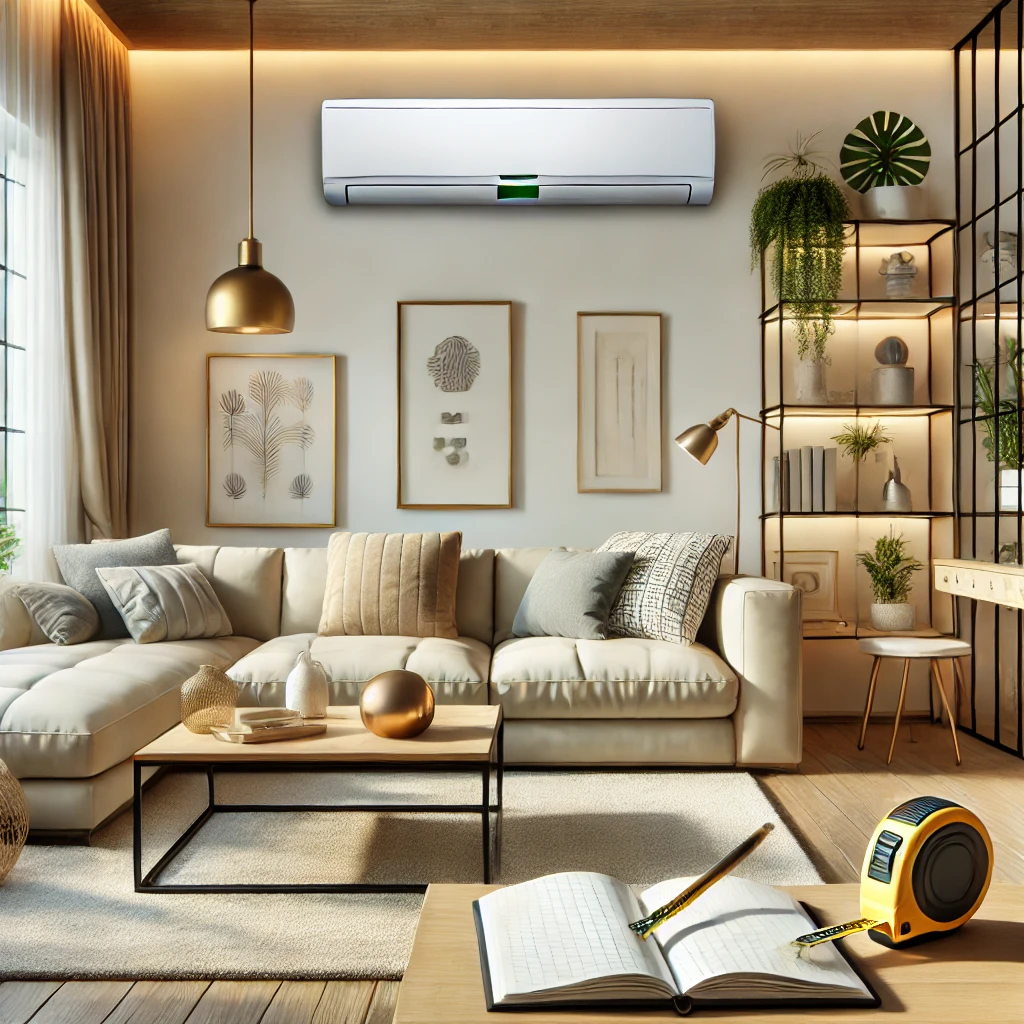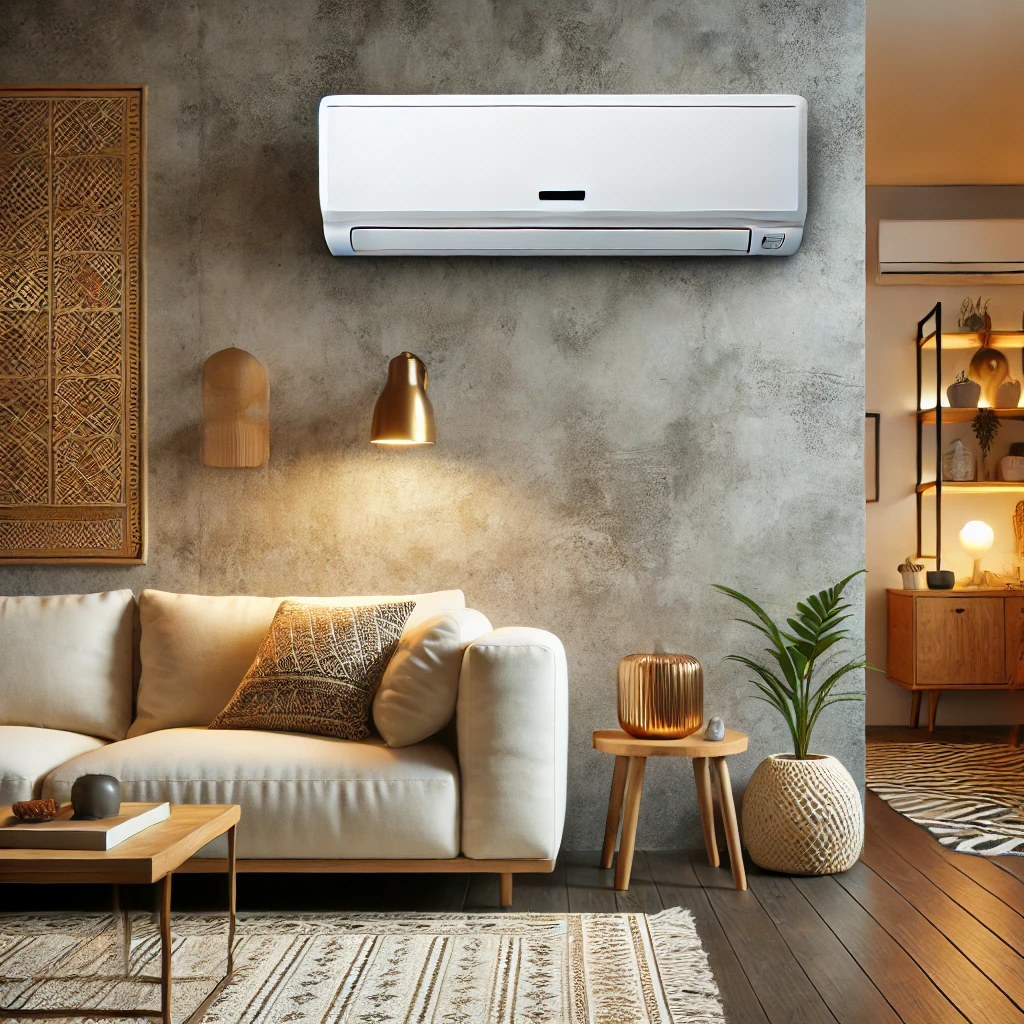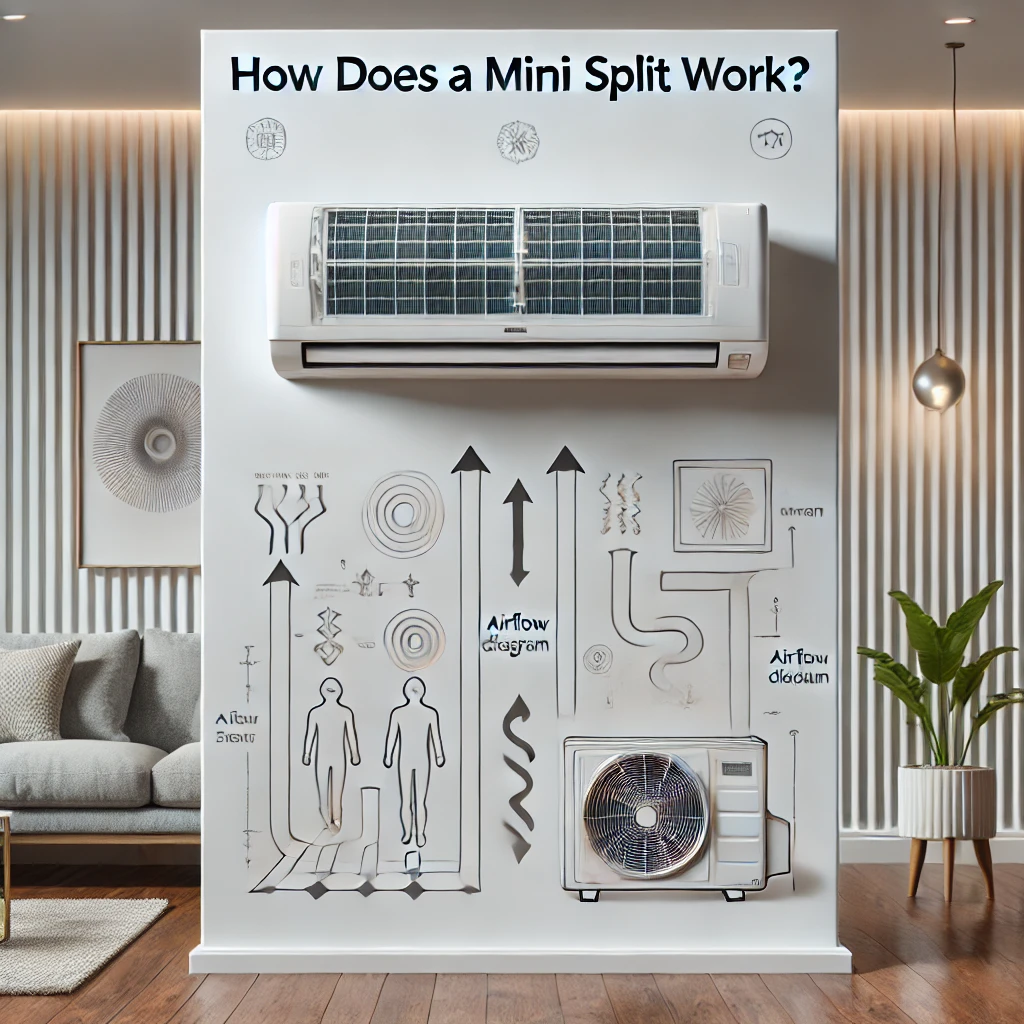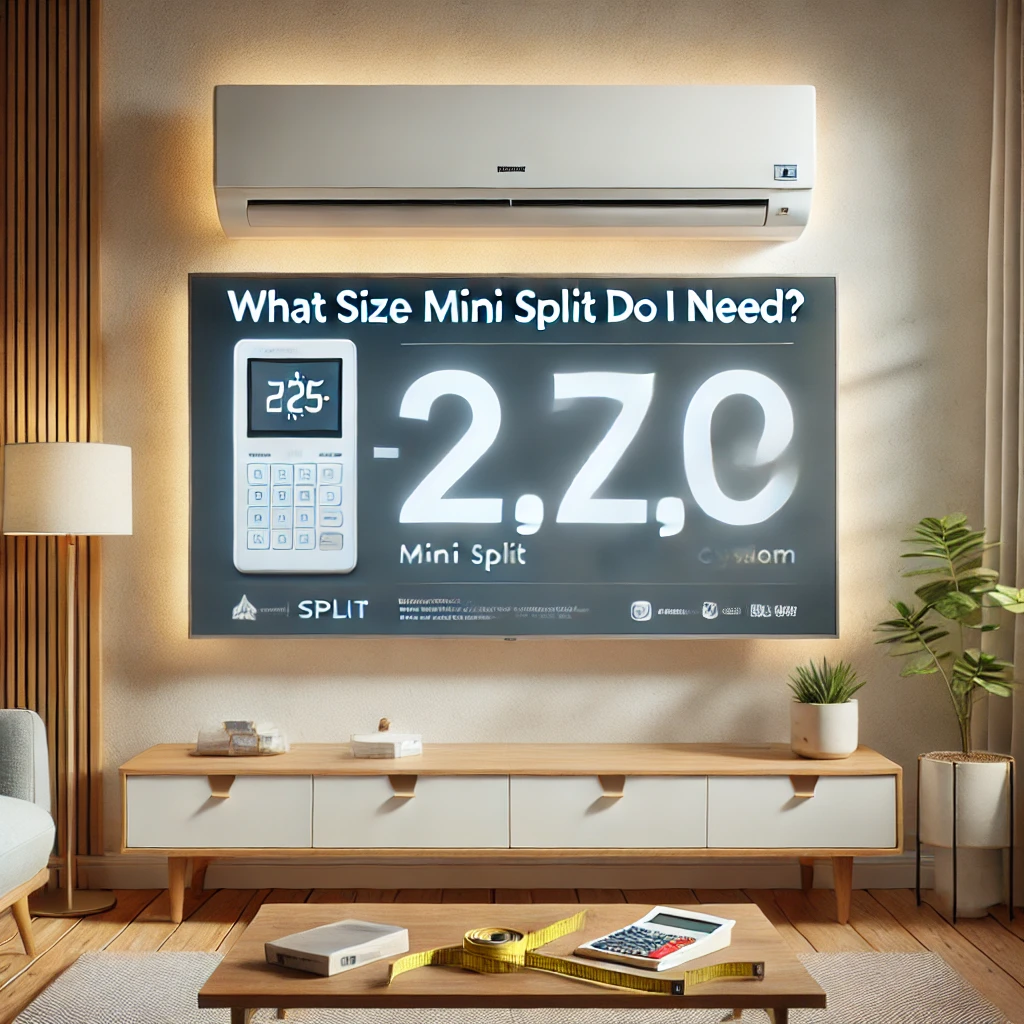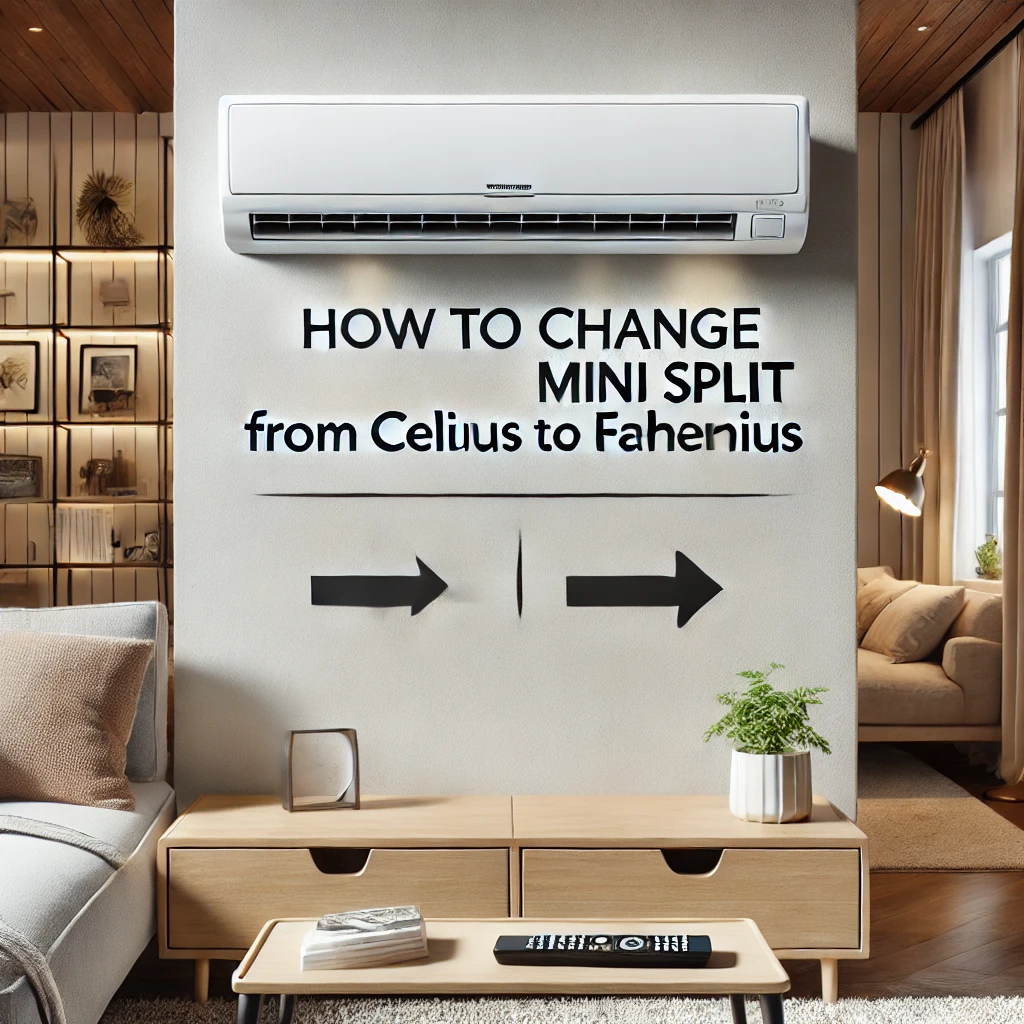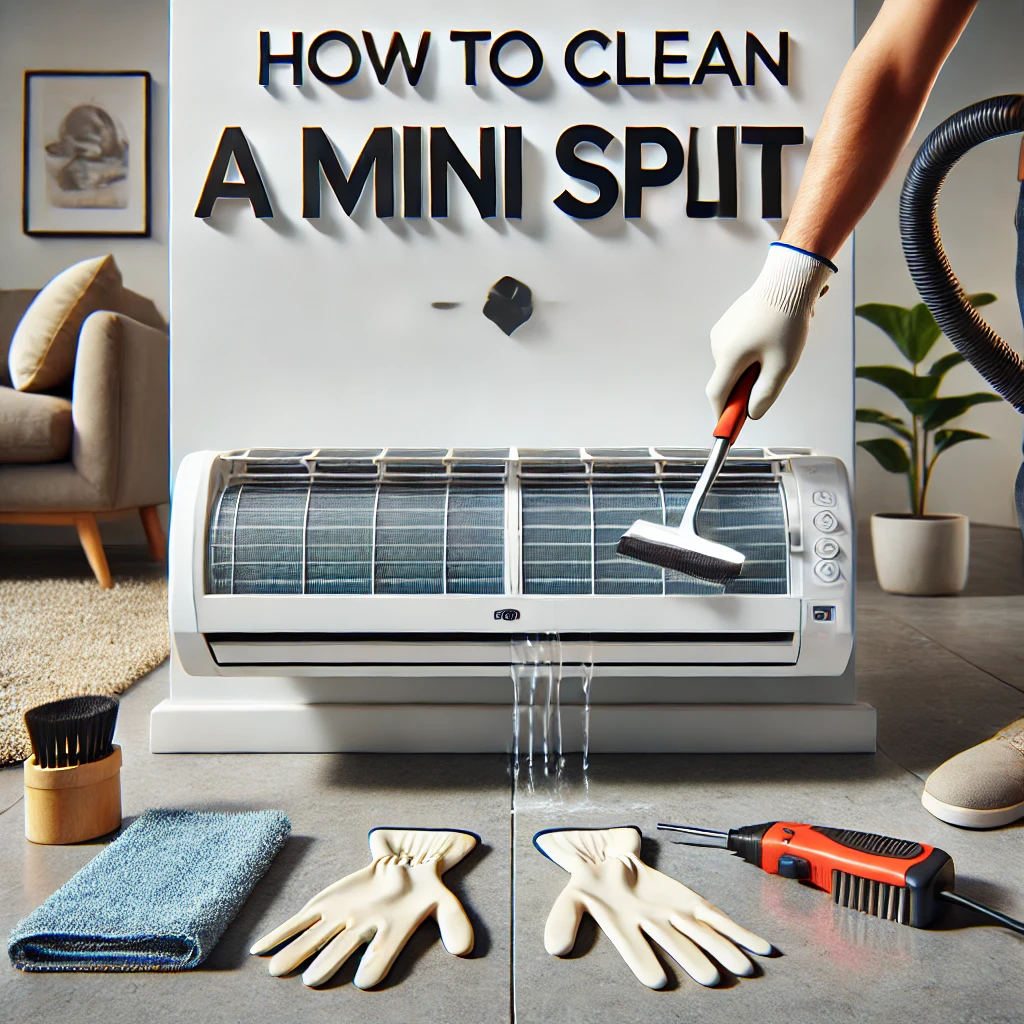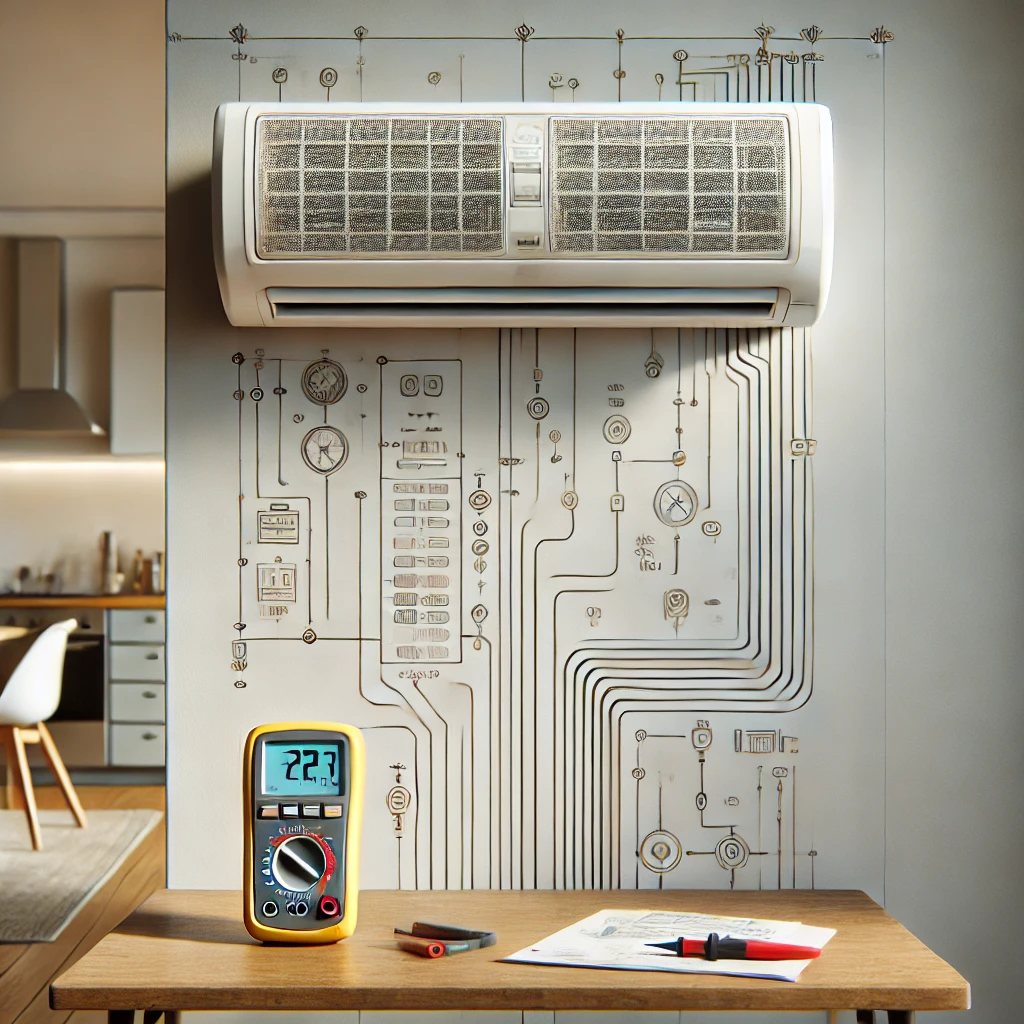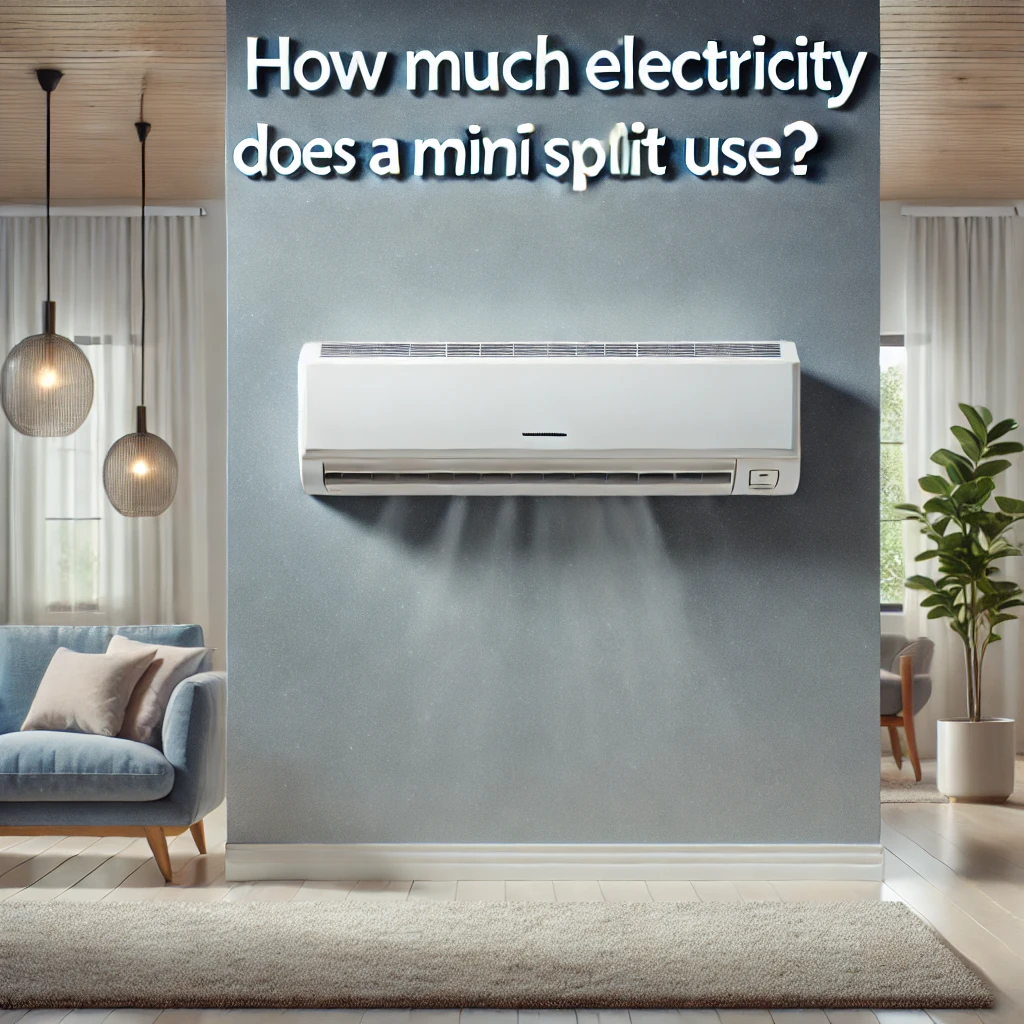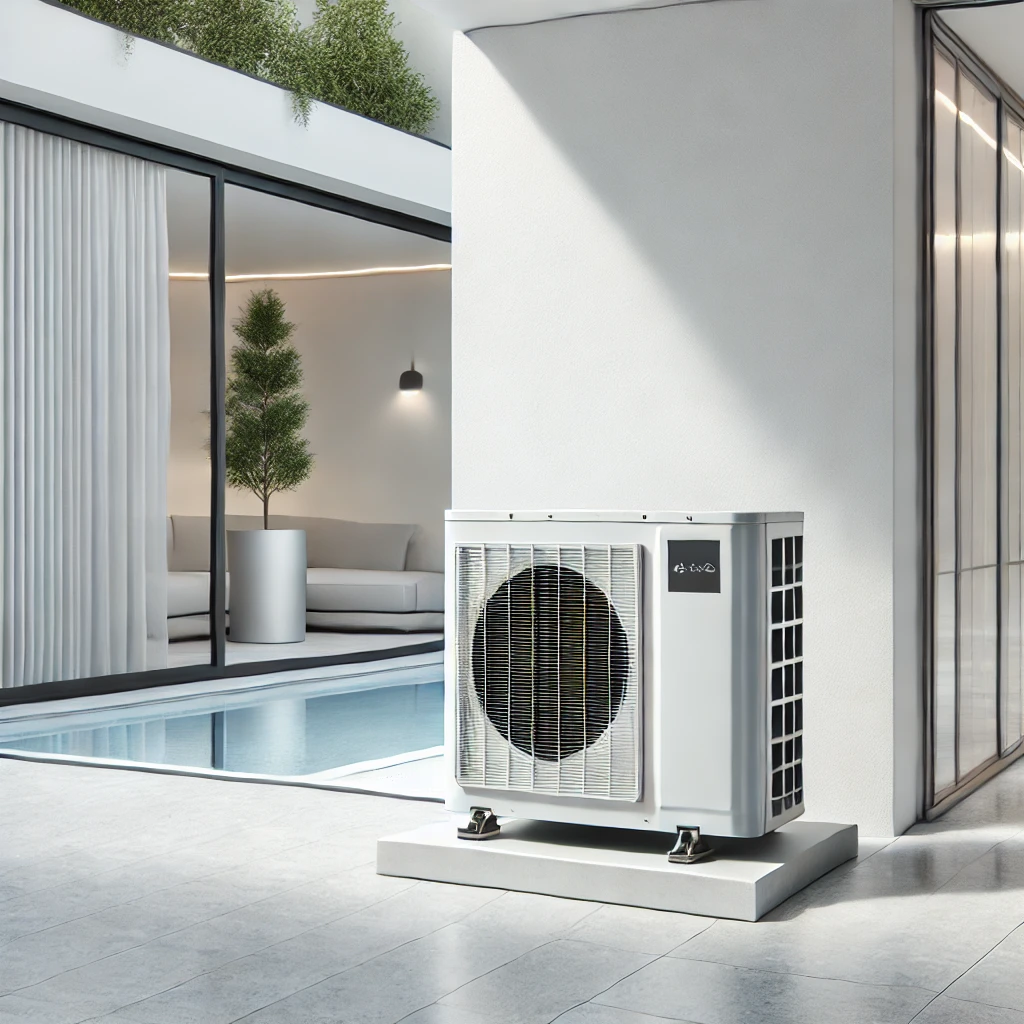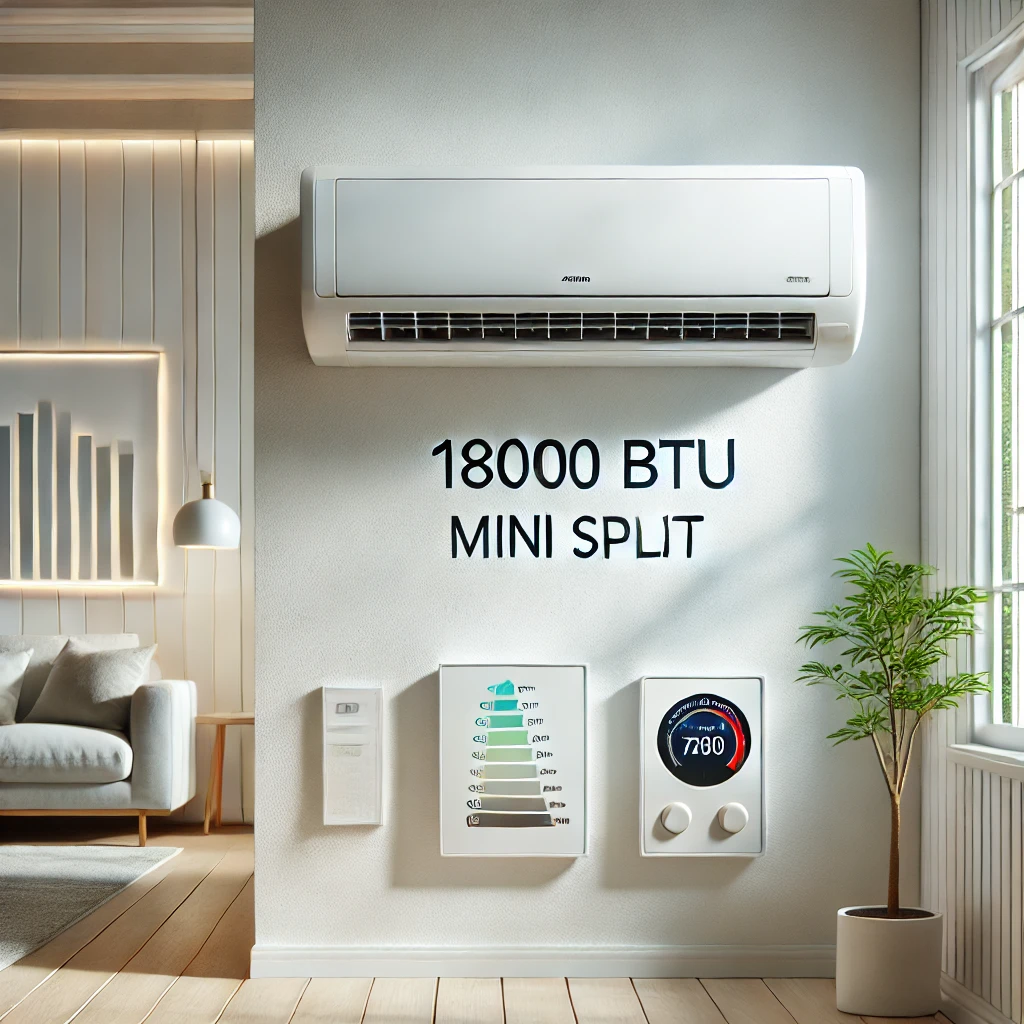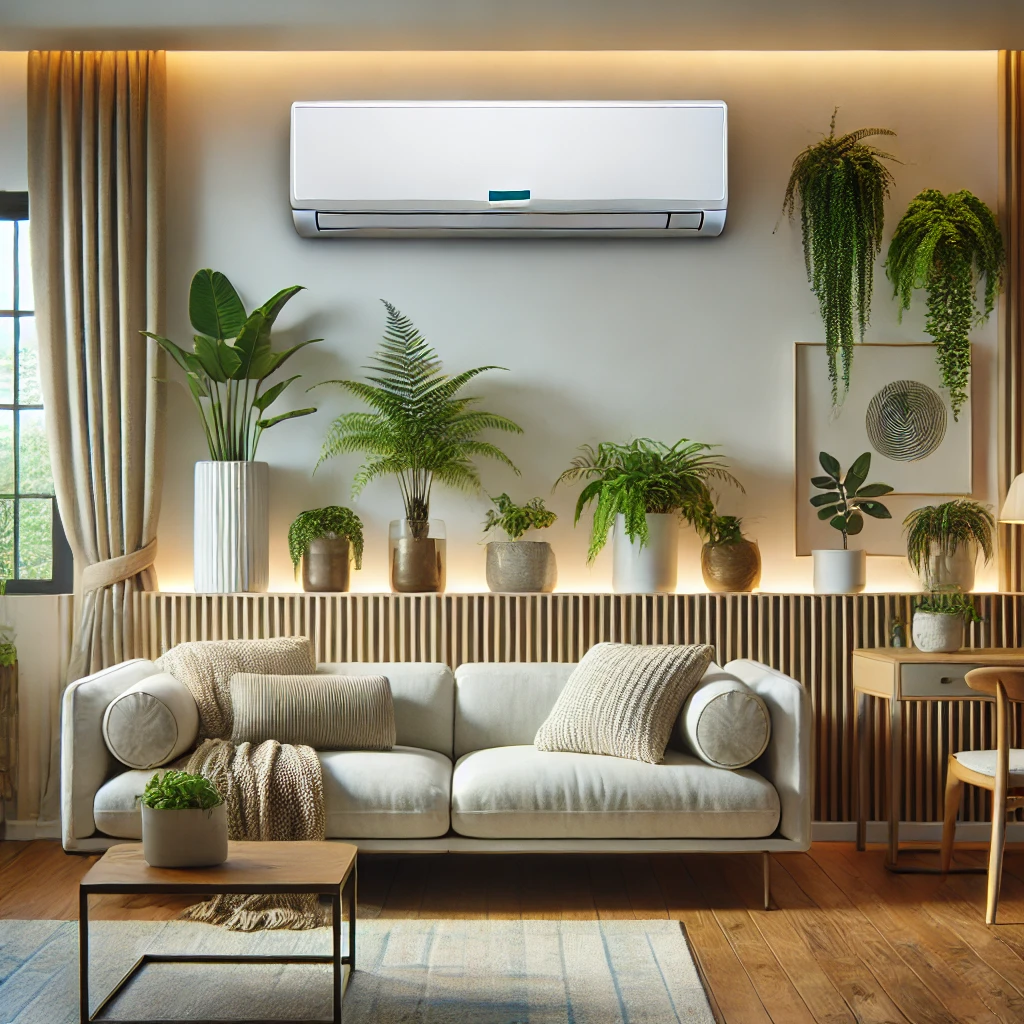Answer:
Determining the right size mini split for your space is crucial for optimal performance, and in our experience, it starts with calculating the room’s square footage. Typically, you’ll need about 20 BTUs (British Thermal Units) per square foot of space. From what we’ve seen, other factors like ceiling height, insulation quality, and the number of windows can also impact the required size. We often recommend consulting a professional or using a BTU calculator to ensure you choose a system that meets your needs without overworking or underperforming.
More On How to Determine What Size Mini Split You Need:
In our opinion, understanding BTU ratings is the first step in selecting the right mini split. For example, a small bedroom of about 150 square feet might require a 6,000 BTU system, while a larger living room of 500 square feet could need a 12,000 BTU unit. In our experience, getting this calculation right ensures efficient cooling and heating while keeping energy costs in check.
We’ve also observed that climate plays a role in determining the appropriate size. If you live in an area with extreme temperatures, you might need a higher BTU rating to account for greater heating or cooling demands. Additionally, spaces with poor insulation or large windows might benefit from a slightly oversized system to compensate for heat loss or gain.
From our perspective, multi-zone mini splits require even more careful planning. Each indoor unit must be sized appropriately for the room it serves, and the outdoor unit must have enough capacity to support all zones. We recommend working with an HVAC professional for complex installations like these.
Finally, we’ve found that proper sizing doesn’t just affect comfort—it also impacts the longevity of your system. An undersized unit will work harder, leading to faster wear and tear, while an oversized system may cycle on and off frequently, reducing efficiency. Taking the time to calculate your needs accurately is an investment in your comfort and your mini split’s performance over the long term.
